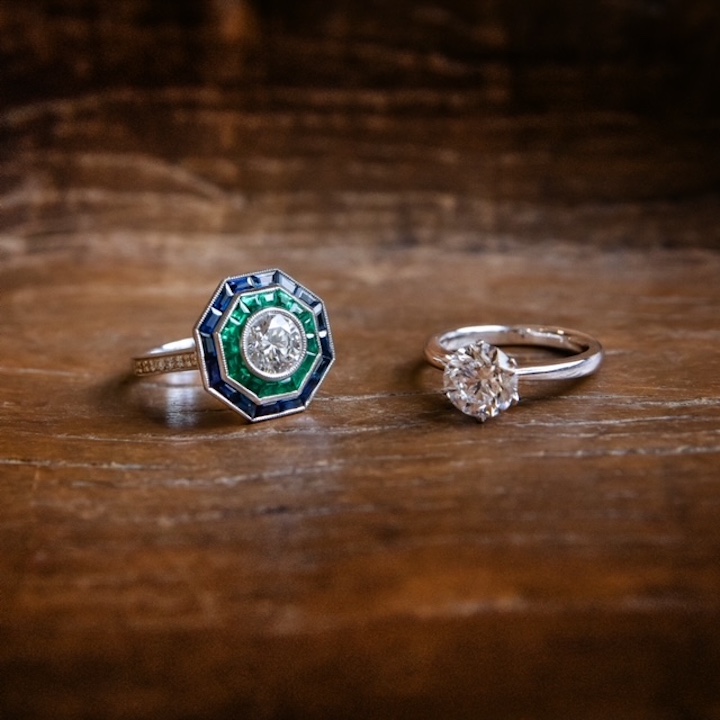So, you’ve got that gorgeous designer bag sitting in your closet, but it’s time to part ways. Whether you’re making room for a new addition or simply need some extra cash, selling your designer bag can be a savvy move. But where do you start? Fear not, as we embark on this journey to find the perfect destination for your beloved accessory.
1. Introduction
Before diving into the nitty-gritty of selling, let’s ponder why you’re considering parting with your prized possession. Perhaps it’s to fund a new investment piece, or maybe your style has evolved, and it’s time for a change. Whatever the reason, selling a designer bag can be both financially rewarding and emotionally liberating.
2. Researching the Market
Before listing your bag for sale, it’s crucial to understand the current market trends. Take some time to research which designer brands and styles are in high demand. Are classic Chanel flaps all the rage, where to sell my designer bag, or is there a resurgence of interest in vintage Gucci? Knowing the pulse of the market can help you gauge potential interest and set a competitive price.
3. Determining the Value of Your Bag
Ah, the age-old question: How much is my bag worth? Several factors come into play here, including the brand, condition, rarity, and desirability of your bag. Consider consulting online resources or seeking appraisals from experts to get an accurate estimate of its value.
4. Online Platforms for Selling Designer Bags
The internet is teeming with options for selling designer bags, each with its own set of pros and cons. From behemoths like eBay and Amazon to specialized luxury resale sites like The RealReal and Vestiaire Collective, the choices can be overwhelming. It’s essential to weigh factors such as fees, audience reach, and seller protection before making your decision.
5. Specialized Resale Websites
If you’re looking for a more curated experience, specialized resale websites could be the answer. These platforms cater specifically to luxury goods and often attract discerning buyers who appreciate the finer things in life. Plus, they typically offer authentication services, giving buyers peace of mind when making high-value purchases.
6. Social Media and Peer-to-Peer Selling
In the age of social media, selling your designer bag has never been easier. Platforms like Facebook Marketplace and Instagram allow you to reach a vast audience of potential buyers with just a few clicks. Just remember to exercise caution and follow best practices to ensure safe and secure transactions.
7. Local Consignment Stores
For those who prefer a more hands-off approach, local consignment stores can be a convenient option. Simply drop off your bag, and let the experts handle the rest. While you may receive a lower payout compared to selling directly, consignment stores offer the benefit of visibility and foot traffic.
8. Pop-Up Shops and Flea Markets
For a more personal touch, consider participating in pop-up shops or flea markets in your area. These events provide an opportunity to connect with buyers face-to-face and showcase your bag in person. Just be prepared for some haggling and don’t forget to factor in booth rental fees and logistics.
9. Preparing Your Bag for Sale
Before putting your bag on the market, Melbourne gold buyers, it’s essential to ensure it’s looking its best. Give it a thorough cleaning, address any minor repairs, and consider investing in professional restoration services if needed. Remember, first impressions matter, so take the time to present your bag in the best possible light.
10. Setting the Right Price
Pricing your bag competitively is key to attracting potential buyers. Take into account factors such as the bag’s condition, age, and current market value. Consider starting with a slightly higher price to leave room for negotiation while still remaining competitive.
11. Creating Compelling Listings
When creating your online listing, be sure to highlight the unique features and selling points of your bag. Craft a captivating product description that tells the story of your bag and its journey. High-quality, well-lit photos from various angles can also help showcase its beauty and authenticity.
12. Managing Inquiries and Transactions
As inquiries start rolling in, be prompt and courteous in your responses. Be prepared to answer questions about the bag’s condition, authenticity, and any other relevant details. Once a buyer is ready to make a purchase, ensure that the transaction is conducted securely using trusted payment methods.
13. Shipping and Handling
When it comes time to ship your bag, take care to package it securely to prevent damage in transit. Consider investing in insurance and tracking services for added peace of mind. Communicate openly with the buyer throughout the shipping process to ensure a smooth delivery.
14. Tracking Your Sales
As you start making sales, keep track of your transactions and performance metrics. This information can help you identify trends, refine your selling strategies, and optimize your listings for maximum visibility and profitability.
15. Conclusion
Selling your designer bag can be a rewarding experience, both financially and emotionally. By researching the market, preparing your bag for sale, and leveraging the right platforms and strategies, you can maximize your chances of a successful transaction. So go ahead, let your bag find its next happy owner!



